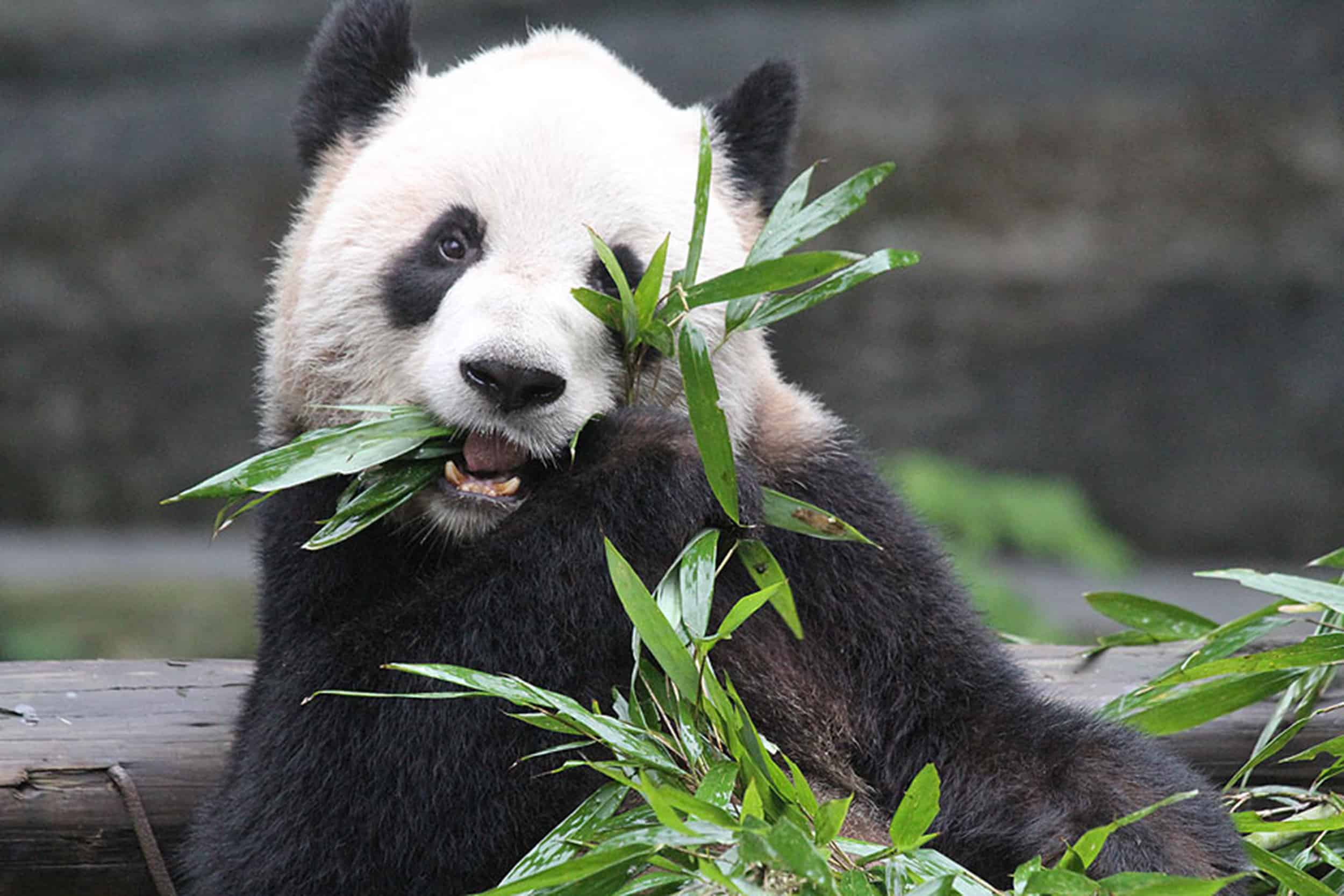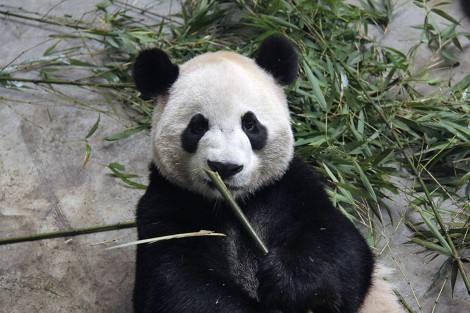On March 25, 2013, Toronto’s fuzziest celebrities arrived. Er Shun and Da Mao are the Toronto Zoo’s first giant pandas since 1985. The pandas, which represent improving international ties between China and Canada, inspired a seminar on panda conservation efforts last Tuesday, May 14 at the University of Toronto’s Scarborough Campus (UTSC). Jointly presented by UTSC and the Toronto Zoo, the event included a speech by giant panda expert Dr. Zhang Dehui of the State People’s Republic of China Forestry Administration, and a panel discussion featuring experts from China and the Toronto Zoo. The panel was moderated by professor Malcolm Campbell, the vice-president of research at UTSC.
Why protect the giant panda ?
The giant panda is severely endangered. According to the most recent census, which took place from 1999–2003, there are only 1,596 giant pandas in the wild. An additional 342 giant pandas currently exist in captivity worldwide.
The giant panda is a flagship species. Dehui noted that in addition to its “special appeal and charisma,” the panda also embodies important Chinese cultural values. “The panda is a symbol of the friendship of the Chinese people,” said Dehui.
The giant panda is also an umbrella species, which means that efforts to protect the habitat of the giant panda have a wider ecological effect. The Chinese government has created 64 giant panda nature reserves, which have the added benefit of protecting the habitat of the red panda and the snow leopard, two other species at risk. “By protecting the giant panda, we are also protecting 8,000 other species,” Dehui stated. Water quality also improved in areas targeted by conservation programs.
Breeding problems, panda propaganda, and the death penalty
Conservation efforts are hampered by the giant panda’s breeding behaviours. Female pandas have difficulty reaching sexual excitement and are only sexually active for one 24–72 hour-period a year. Pandas also refuse to raise more than one cub at a time, and will abandon additional cubs.
The biggest threat to the panda’s survival is human behaviour. To encourage panda-friendly actions, the Chinese government produces “panda propaganda” in the form of television and radio announcements and encourages public celebration of the panda as a national animal. It also imposes strict penalties on poachers. As recently as 1996, poachers could receive the death penalty; newer legislation imposes prison sentences of 20 years.
Unique opportunity for UTSC students
Dr. William Rapley, the Toronto Zoo’s executive director of conservation, education, and wildlife, and a panelist at the event, emphasized that zoos and universities have traditionally formed strong partnerships in an interview with The Varsity: “We have these really well established programs with UTSC… We will be looking very hard at trying to come up with projects that need further work, that might stimulate graduate work, create opportunities for summer students.”
There are already about 70 university students that work with the Toronto Zoo in the summer, and Rapley stated that he is committed to pursuing further opportunities.
Rapley also spotlighted the course “The Role of Zoos in Conservation” (BIOC62) as a clear example of the partnership between UTSC and the zoo.Rapley and his colleagues at the zoos give lecturers in the course, which also features a class trip to the Toronto Zoo. The course is co-ordinated by professor Campbell.
Campbell spoke to The Varsity about opportunities for student capstone experiences, which generally occur at the end of the degree. Students can often complete projects in collaboration with zoo personnel. When asked if these projects might involve the zoo’s pandas, Campbell said, “That’s what I heard Rapley say today! I’m going to hold his feet to the fire, make him be good to his word, and make sure that our students have that opportunity.”
Of course, students are not the only ones who stand to do new things due to the giant pandas’ visit to Canada. Karyn Tunwell, one of two keepers in charge of enrichment activities for Er Shun and Da Mao, reported that the recent late-April snowfall was an experience for the pandas. “They got snow for the first time in their lives,” she said.
The Toronto Zoo’s giant pandas make their public debut May 18, 2013.




